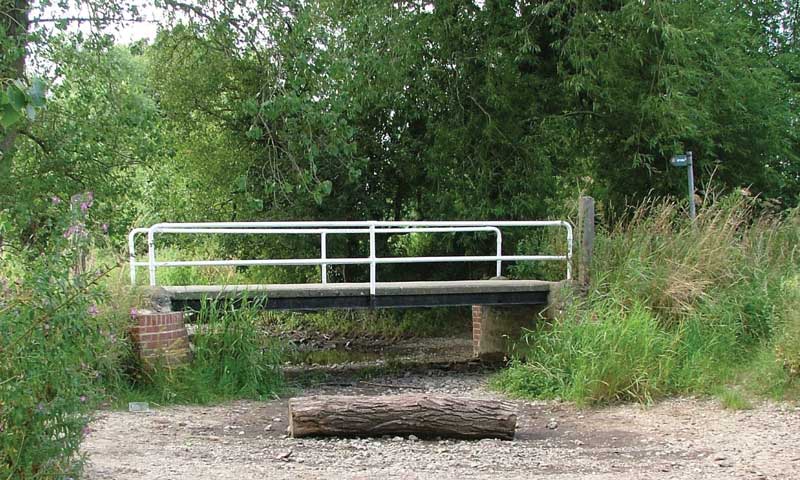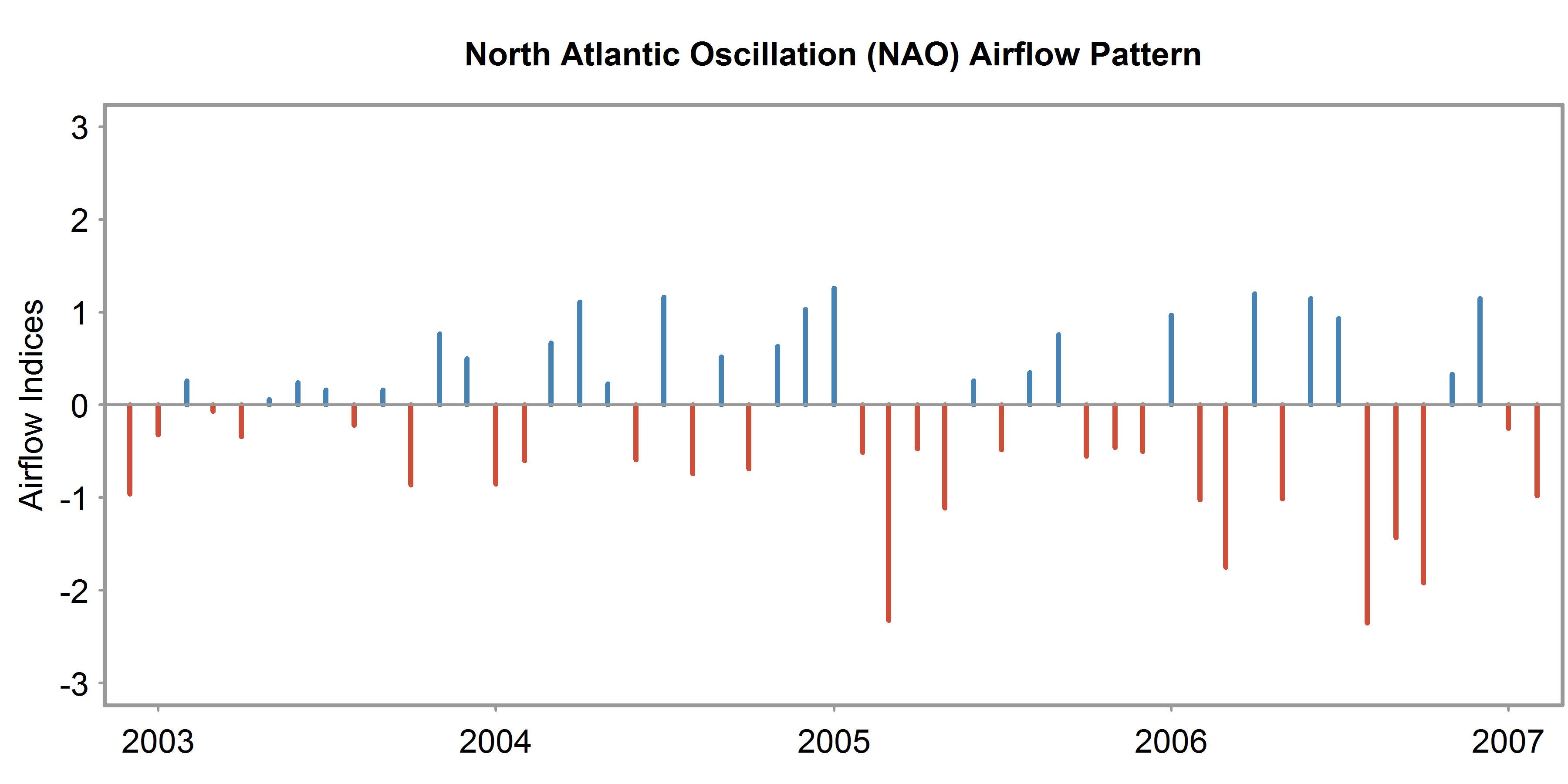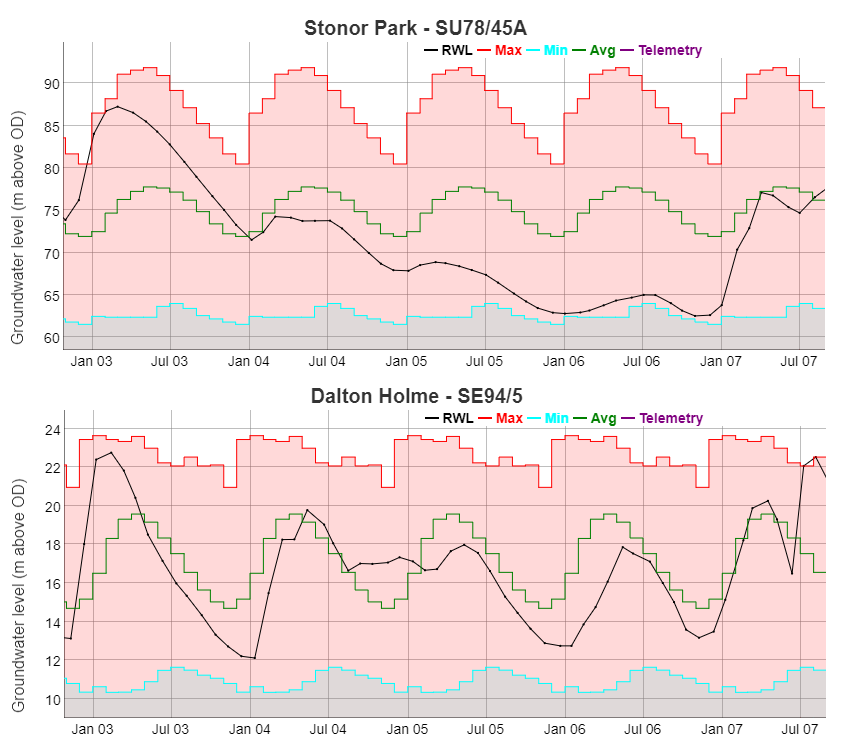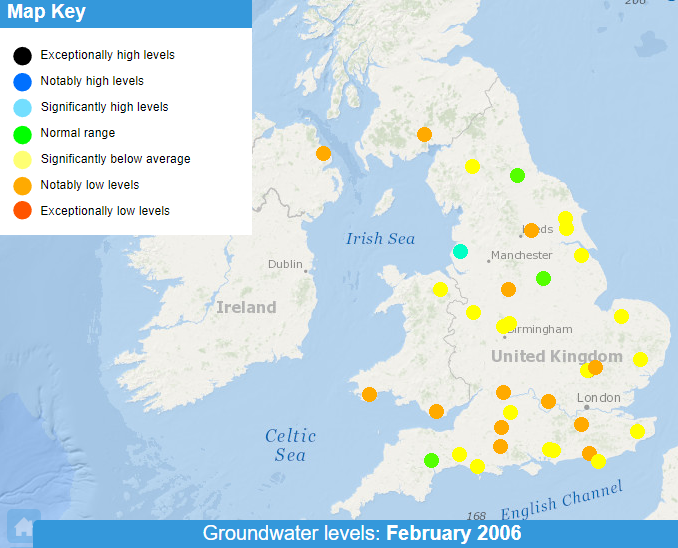
The 2004/2006 drought had a strong regional focus and was generally most severe in the driest parts of the UK where groundwater is the major source of water supply and a combination of high population density, intensive agriculture and commercial activity generates the highest water demand. Careful management was required to reconcile the needs of a wide range of water users with the requirements of the aquatic environment.












































